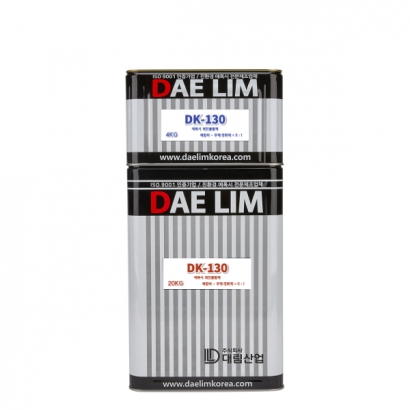
High Strength Performance: It provides 5 to 7 times better performance in compression, flexural, and tensile strength compared to concrete.
Excellent Adhesion: The use of epoxy resin ensures extremely strong adhesion.
No Shrinkage During Curing: There is no shrinkage during the curing process, preventing crack formation.
Abrasion and Chemical Resistance: It offers outstanding abrasion and chemical resistance, maintaining excellent performance in various environments.
Rapid Initial Strength Development: It achieves an initial compressive strength of 200-300 kgf/cm² within 24 hours of application.
Category | Epoxy Resin Mortar (DK-130) | |
Resin | Hardener | |
Type | Epoxy | Polyamine |
Appearance/Color | Transparent | Light yellow |
Mixing Ratio | Resin/Hardener = 5: 1 | |
Pot Life | 40 minutes ± 10 minutes (25℃) | |
Full Curing time | 24~36 hours (25℃) | |
Theoretical Consumption | 1.26 ± 0.03 | |
Packaging Unit | 20kg | 4kg |
1. Surface Preparation
2. Priming
3. Mixing and Troweling
4. Surface Treatment
5. Intermediate Work
6. Topcoat Application
After the intermediate work, proceed with the topcoat application once the filler has fully cured. The final coating protects the surface and provides an aesthetically pleasing finish.